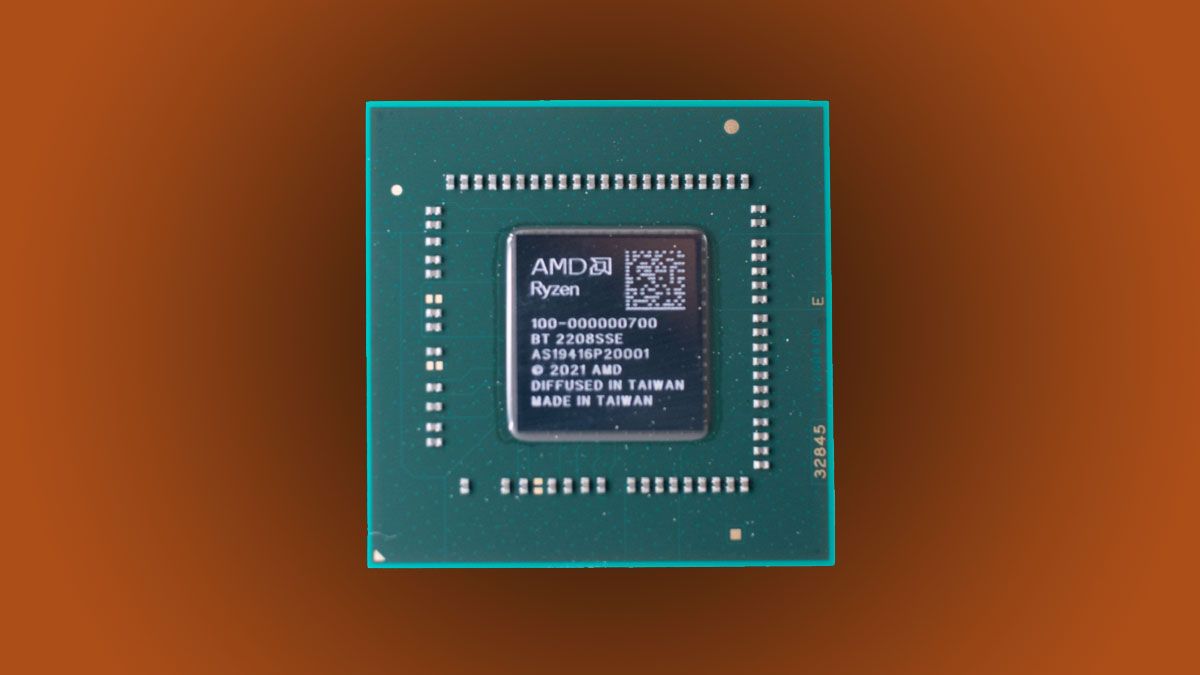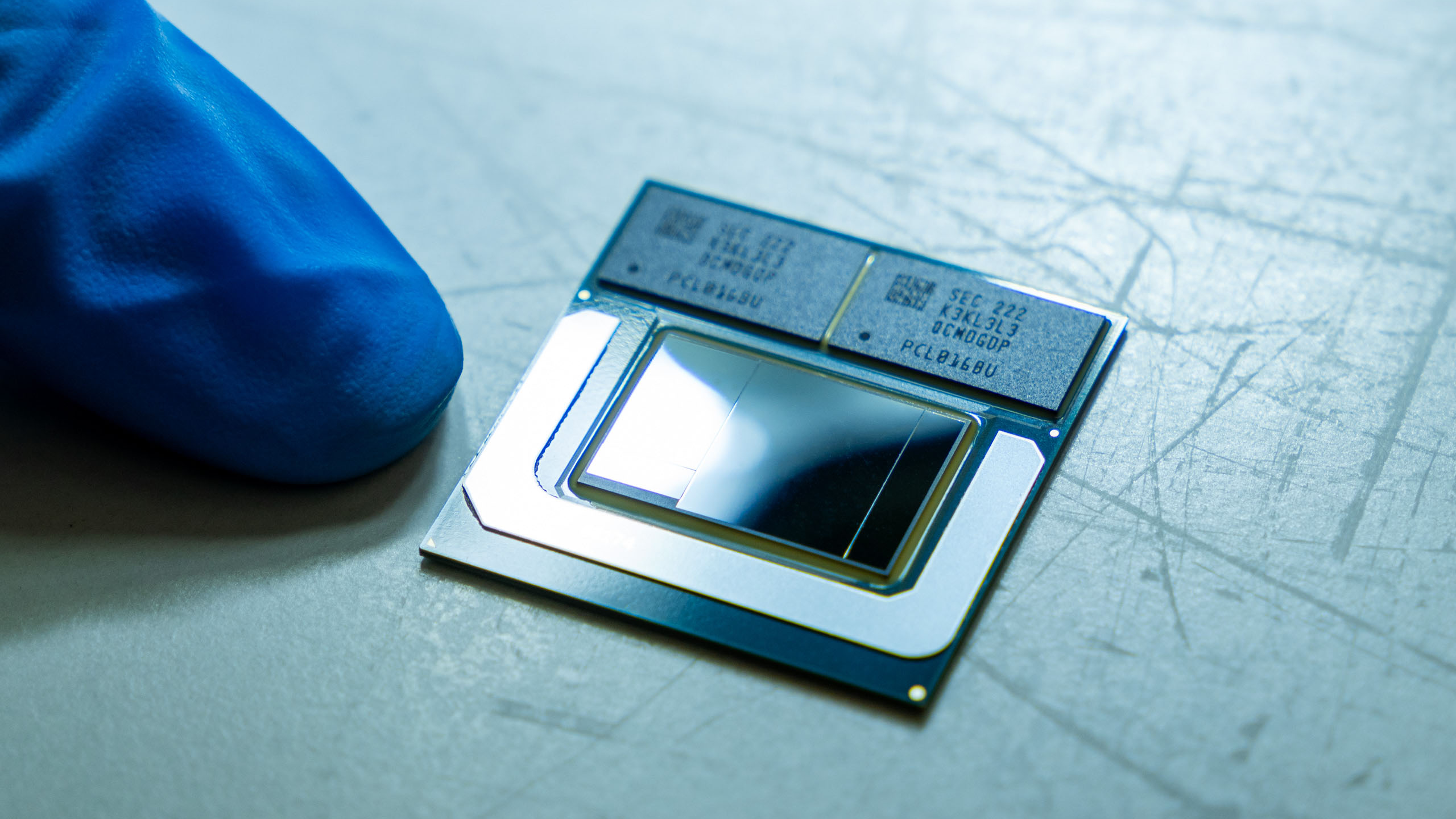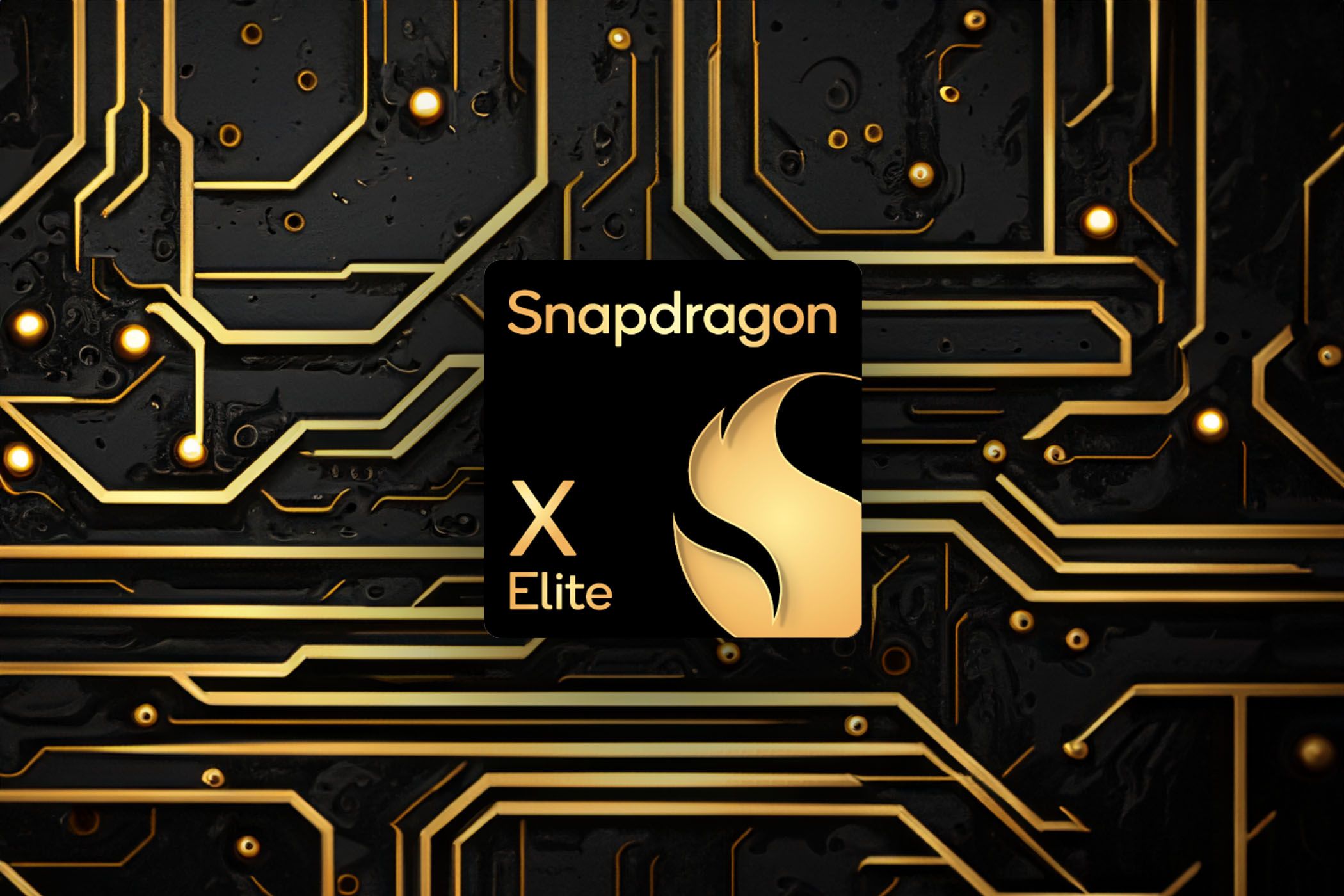
Potential Impact of Microsoft's Latest Artificial Intelligence Advancements on Portable Gaming Desktops

Potential Impact of Microsoft’s Latest Artificial Intelligence Advancements on Portable Gaming Desktops
Key Takeaways
- AMD APUs could offer higher memory bandwidth but sacrifice memory cache thanks to requirements for AI performance laid about by Microsoft.
- Intel plans on using on-package RAM for future CPUs to reduce latency and potentially benefit handheld chips.
- ARM chips like the Snapdragon X Elite could power future handheld gaming PCs with promising efficiency.
Microsoft is all in on AI after a recent push for “AI PCs,” is a joint venture with Intel, AMD, and Qualcomm. One of the specs for the upcoming “AI PCs” lists Neural Processing Unit (NPU) performance of at least 45 TOPS. This could be bad news for Steam Deck and the gang. Here’s why.
A Focus on AI Tech Means Less Cache and Lower Gaming Performance
By far the most popular chips powering the current generation of handheld gaming PCs are AMD’s APUs , which combine a powerful mobile CPU with a potent integrated GPU , allowing these handheld devices to run the latest and greatest games.
The catch here is that every APU out there has to use a portion of system memory since it doesn’t have its own RAM . This is a massive bottleneck that prevents APUs from achieving the same performance as the kind of GPUs you’d find in a standard PC which are equipped with their own memory.
The result is that even the most powerful APUs out there, such as the Z1 Extreme found in the ASUS ROG Ally , have a sizably lower memory bandwidth compared to modern discrete GPUs, even the bottom-of-the-barrel models such as the AMD Radeon RX 6400. As an example, the maximum memory bandwidth of the ROG Ally is 51.20GB/s, while the RX 6400 has a maximum bandwidth of 128.0GB/s.

AMD
One of the solutions here is to equip future APUs with larger amounts of cache memory , allowing both the CPU and GPU to use this local, on-die memory instead of the system memory. This should satisfy the thirst for memory bandwidth and noticeably improve gaming performance.
Both X3D CPUs from AMD and recent graphics cards from NVIDIA and AMD use a large cache, resulting in great benefits to gaming performance. Even on graphics cards, lots of lighting-fast cache memory can result in improved performance despite the GPU having access to speedy memory located on the graphics card’s PCB.
AMD had planned just that for their next-gen “Strix Point” and “Strix Halo” APUs, which would have resulted in substantial improvements in both CPU and GPU performance, giving the new APUs a huge leap in performance compared to the older models and other similar APUs such as the Ryzen 7 7840U and Ryzen 7 8840U. This would be great for handheld PCs in terms of raw performance.
But the aforementioned AI push from Microsoft and the gang has resulted in AMD tweaking the design of “Strix Point” APUs, reserving a massive chunk of the die space for NPUs that can offer the 45 TOPS performance required by Microsoft, and the victim was the larger cache. In other words, the massive improvement in gaming performance of the next-gen chips has been thwarted by AMD in favor of a larger NPU that can match Microsoft’s AI PC specs.
This is bad news for future handheld gaming PCs because they might not bring as big of a performance improvement over the current lineup as previously believed. There’s also Intel, which recently re-entered the handheld PC space with the MSI Claw, but you only have to watch the first two minutes of Gamer’s Nexus’ recent recap of Intel’s Vision 2024 event to see that they, too, are all-in on AI. In other words, don’t expect Intel to become the handheld gaming PC savior.
It’s not all doom and gloom, though. Even with the cut cache, AMD’s new APUs should offer significantly higher memory bandwidth. Not because AMD cares about handheld gaming PCs, but because AI workloads need a ton of memory throughput.
If you check out the table showing the new AMD APU lineup , courtesy of Videocardz, you can see that the “Strix Halo (LP)”—LP most likely means low power—is coming with a 128-bit memory bus. The older Z1 Extreme only has a 64-bit bus.
This translates to a maximum memory bandwidth of 128GB/s, more than double that of the Z1 Extreme. Combined with other specs, the “Strix Halo (LP)” should offer gaming performance on par with NVIDIA’s RTX 3050. This is solid, but the gaming performance would’ve been even better with the intact cache.
While a wider memory bus on next-gen AMD APUs is good news, Intel is cooking something even better, something that could completely solve memory bandwidth issues for future handheld PCs.
On-Package RAM Could Be a Silver Lining for Handheld Chips
Aside from low bandwidth, APUs also have to deal with high latency since the system memory isn’t placed right next to the iGPU but is instead either soldered to the PCB or slotted into SO-DIMM slots.
One of the solutions that can reduce latency is placing RAM right next to the APU die or on the die itself, similar to what Apple did with their M system-on-a-chip (SoC) family. And by the looks of it , Intel is planning to equip its Lunar Lake mobile CPUs, slated to arrive sometime in 2024, with on-package RAM which should solve the high latency issue.

Intel
That said, we don’t yet have any info regarding the memory bandwidth of this on-package RAM solution, but I’m confident it will be pretty high because, like AMD, Intel wants to do this to improve the AI performance of its chips. Once again, an AI-focused improvement could indirectly benefit future gaming handhelds.
Even though NPUs and AI performance are currently all the rage at AMD and Intel, the silver lining here is that both iGPUs and AI-related tasks greatly benefit from increased memory bandwidth. While Microsoft’s AI push looked like pretty bad news for future handhelds at first glance, it could turn out to be a pretty solid boon in the end.
What About ARM Solutions Like the Snapdragon X Elite?
ARM-based chips and Windows on ARM have been gaining more and more traction in the recent couple of years.
The Snapdragon X Elite and Microsoft’s renewed interest in Windows on ARM is the talk of the town in many tech circles. The Snapdragon X Elite shows great promise concerning performance and power efficiency when compared to the current Intel mobile solutions, and Microsoft is trying to one-up Apple by improving Windows on ARM and is working with partners to launch several ARM-based laptops later this year.
The thing that’s interesting to me is Qualcomm’s focus on gaming, with the company claiming at this year’s Game Developers Conference that many games “should just work” on devices equipped with the Snapdragon X Elite SoC. This is great news that shows Qualcomm is serious about the gaming prowess of the upcoming ARM-based Windows laptops. Qualcomm has also shown its reference design laptops running Controland Baldur’s Gate 3 at playable frame rates, another proof that they are taking this seriously.

Qualcomm
This sounds promising for future ARM-based Windows laptops, but it could also mean that we might see handheld gaming PCs powered by ARM chips in the future. ARM SoCs can be incredibly power efficient, making them perfect for mobile solutions. The high-performance version of the Snapdragon X Elite gulps up to 80W of power , the thin and light version of the chip only uses 23W of power, and that’s for the entire device, not only the SoC.
For comparison’s sake, my ROG Ally can use more than 40W of power for the entire device, on battery with 25W Turbo Mode on, and with 50% screen brightness. That’s almost double compared to the thin and light version of the Snapdragon X Elite.
It’s still early days for the X Elite, and it’s true that we’ve yet to see the first Windows laptops based on the SoC. If Qualcomm remains committed to improving gaming performance on Windows, which also includes working on making older games playable, I wouldn’t be surprised to see a Windows-based gaming handheld powered by a future version of the X Elite.
Who knows, maybe ARM is the future of gaming handhelds. After all, there are rumors about the next Xbox being ARM-based, and it wouldn’t be too outlandish for the rumored Xbox handheld to be powered by an ARM chipset even if Microsoft ultimately decides to keep an x86 CPU at the heart of the next Xbox.
Whichever the case, Microsoft’s AI obsession might have put a damper on significantly improving the gaming performance of next-gen handheld gaming PCs. By comparison, AI’s thirst for memory bandwidth and Microsoft’s rekindled interest in Windows on ARM could indirectly result in future handheld PCs finally matching budget graphics cards in gaming performance after all.
In time, this could be great news for all of us who prefer gaming on our handhelds .
Also read:
- [Updated] 2024 Approved The iFunny Meme Journey Downloading Made Easy
- [Updated] In 2024, Effortless Image Incorrante on Instagram
- [Updated] Utilize YouTube Metrics to Transform Views Into Revenue for 2024
- Craft Captivating GoPro Time-Lapse Footage Hacks
- Enabling & Customizing Auto-Calculate & Parallel Processing
- Inspiration in Frames Top 20 Creative Instagrams for 2024
- Overcoming the Oops Moment: Expert Tips for Correcting Your Website's 404 Page Error
- Proven Ways in How To Hide Location on Life360 For Motorola Edge 40 Pro | Dr.fone
- Tango Review: Ultimate Guide to Its Voice & Video Chat Capabilities
- The Definitive Examination: Samsung Galaxy Note20 Ultra 5G Features and Performance
- The Latest on Microsoft Surface Pro 7: Reliable Improvement, Subtle Differences Highlighted
- The Ultimate Guide to Amazon Fire HD 10 Kids Edition: Reviews, Features, and Parental Protection
- The Ultimate Guide to Choosing a Smart Weather Station: Spotlight on Netatmo
- The Ultimate Review of Extollo's LANSocket 1500 - Unparalleled Data Transfer Speeds, Superior Response Time, and Efficient Power Management
- Title: Potential Impact of Microsoft's Latest Artificial Intelligence Advancements on Portable Gaming Desktops
- Author: Kenneth
- Created at : 2024-09-30 18:11:54
- Updated at : 2024-10-01 20:35:34
- Link: https://buynow-tips.techidaily.com/potential-impact-of-microsofts-latest-artificial-intelligence-advancements-on-portable-gaming-desktops/
- License: This work is licensed under CC BY-NC-SA 4.0.